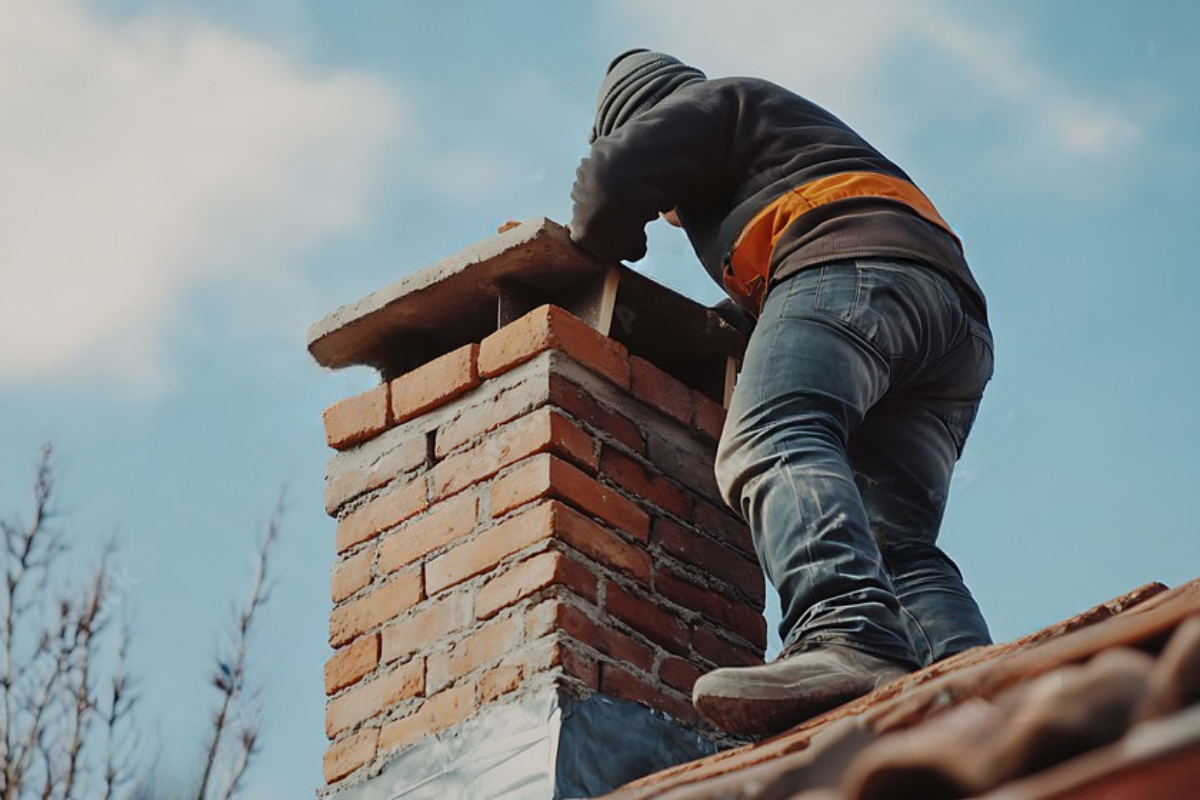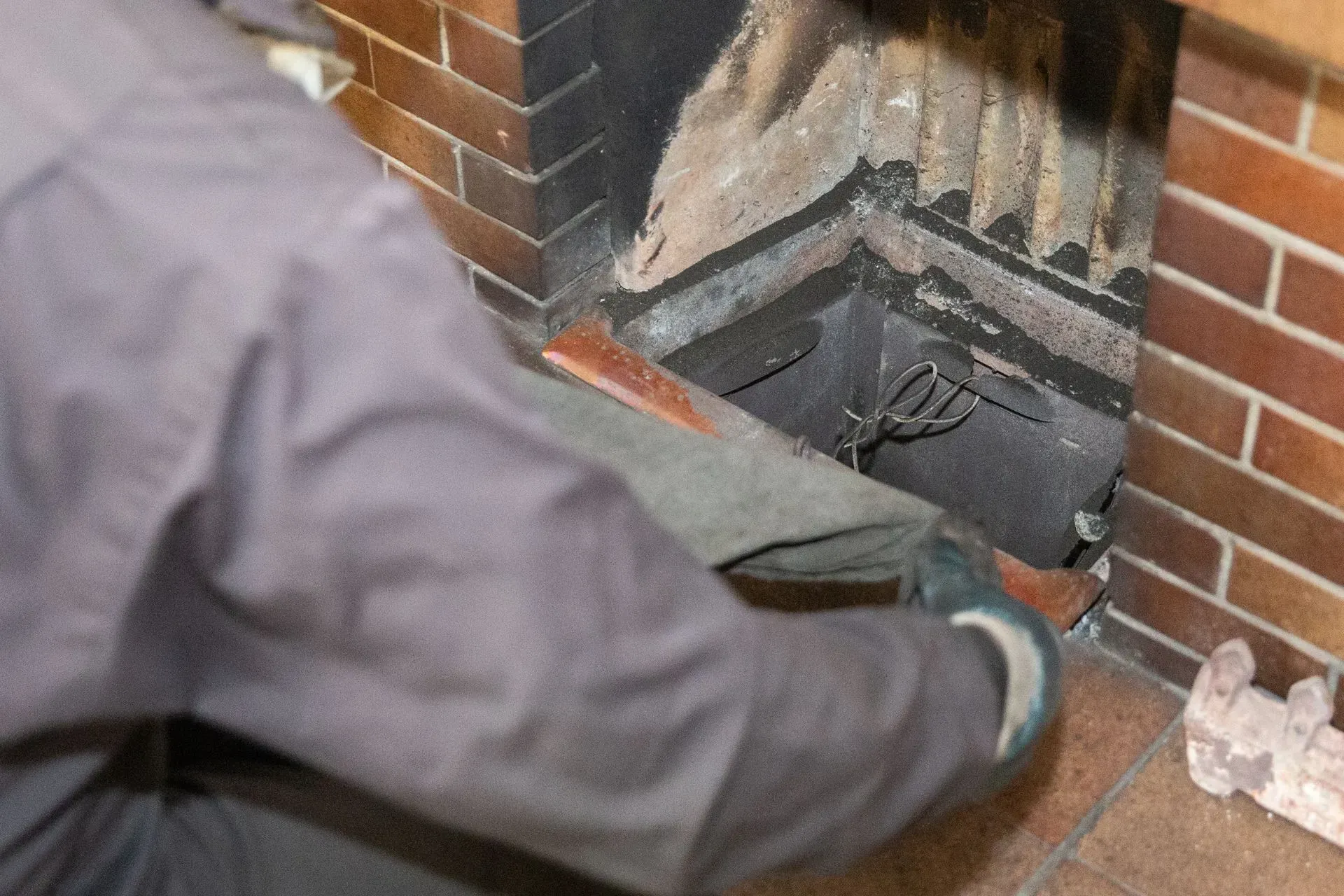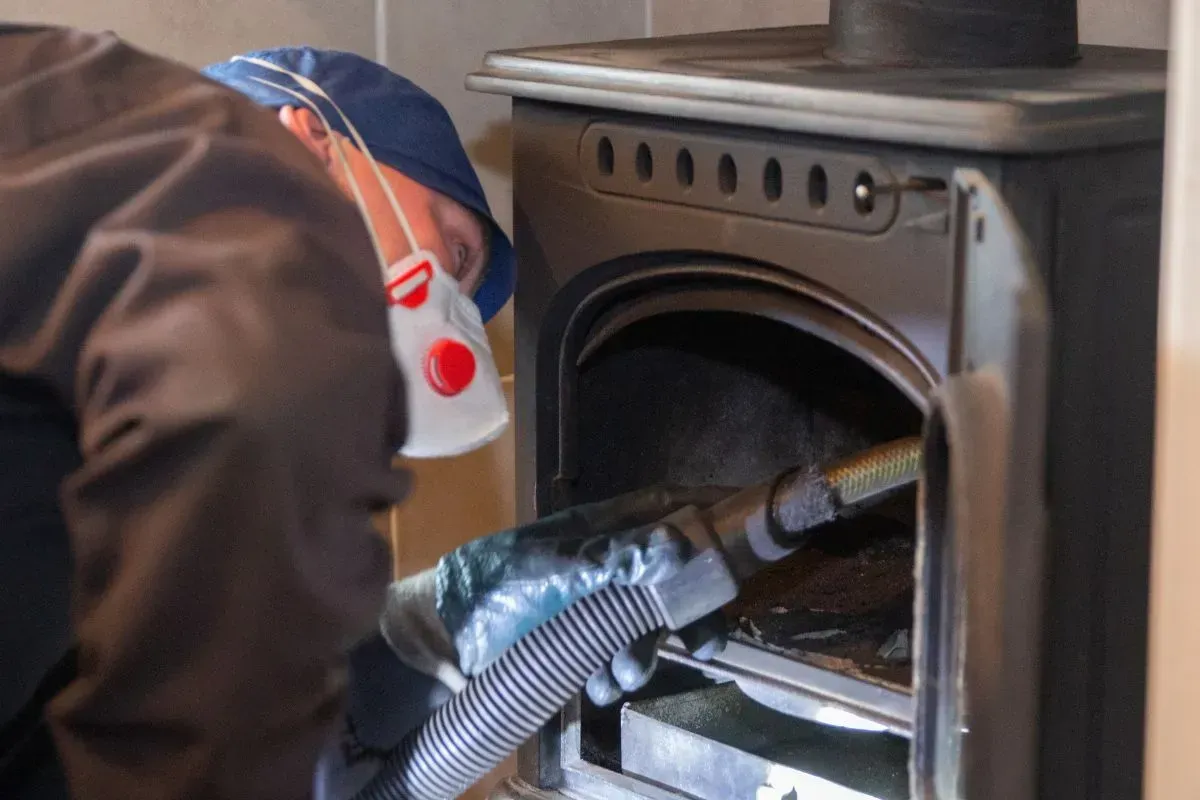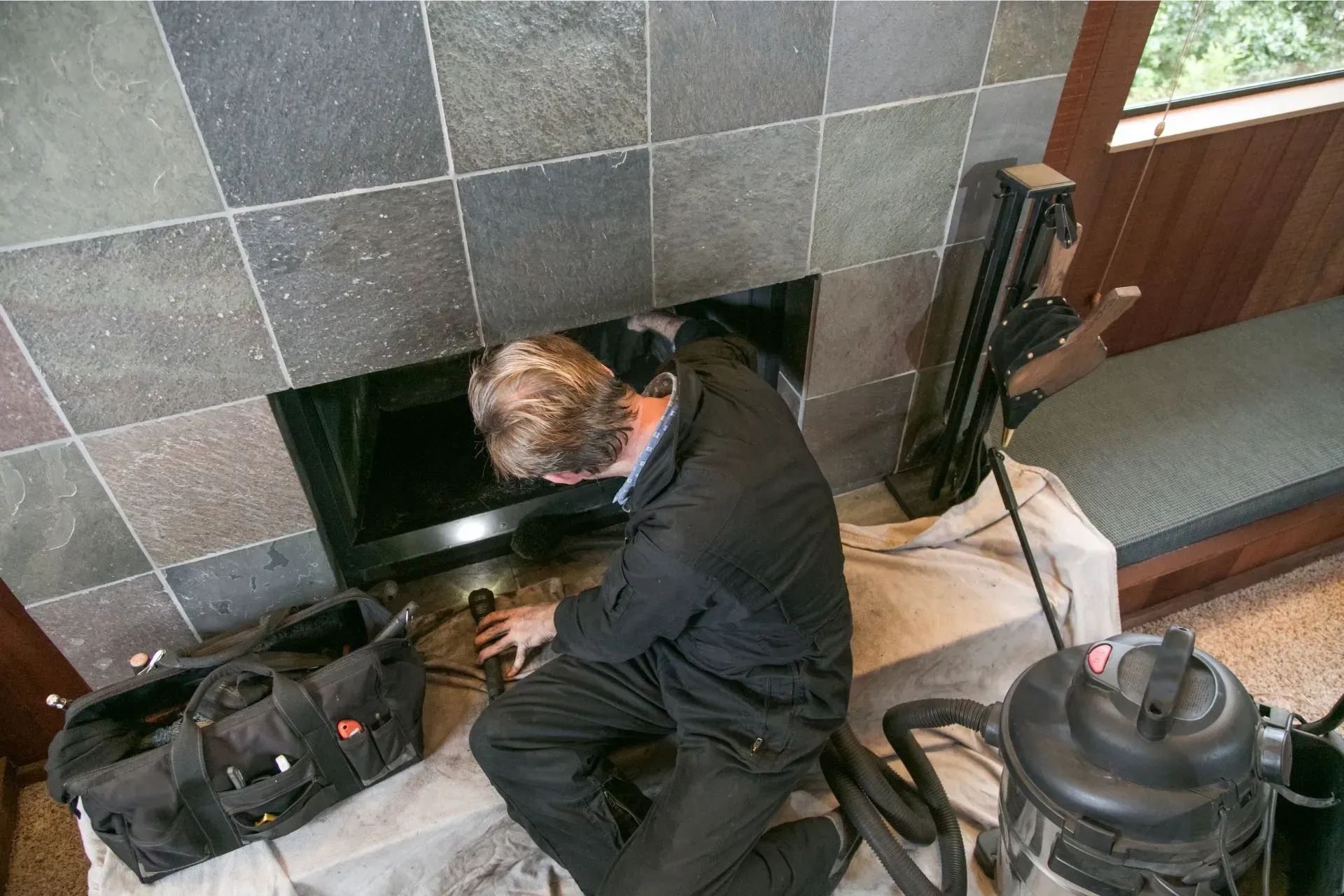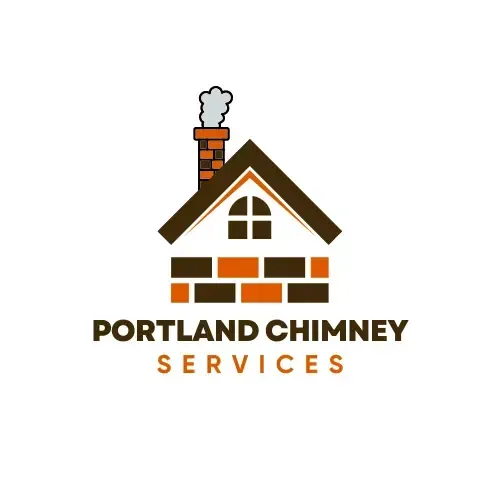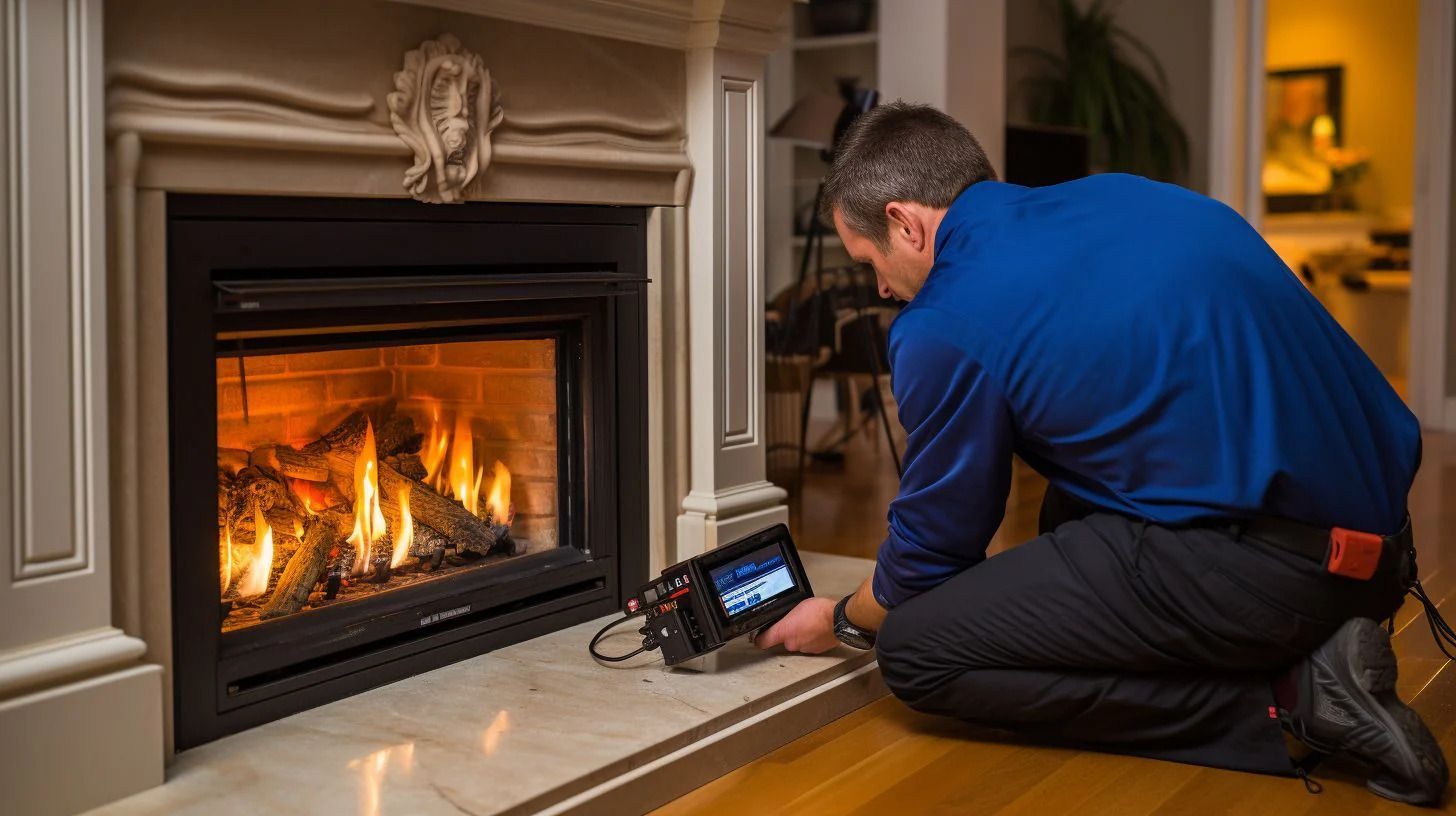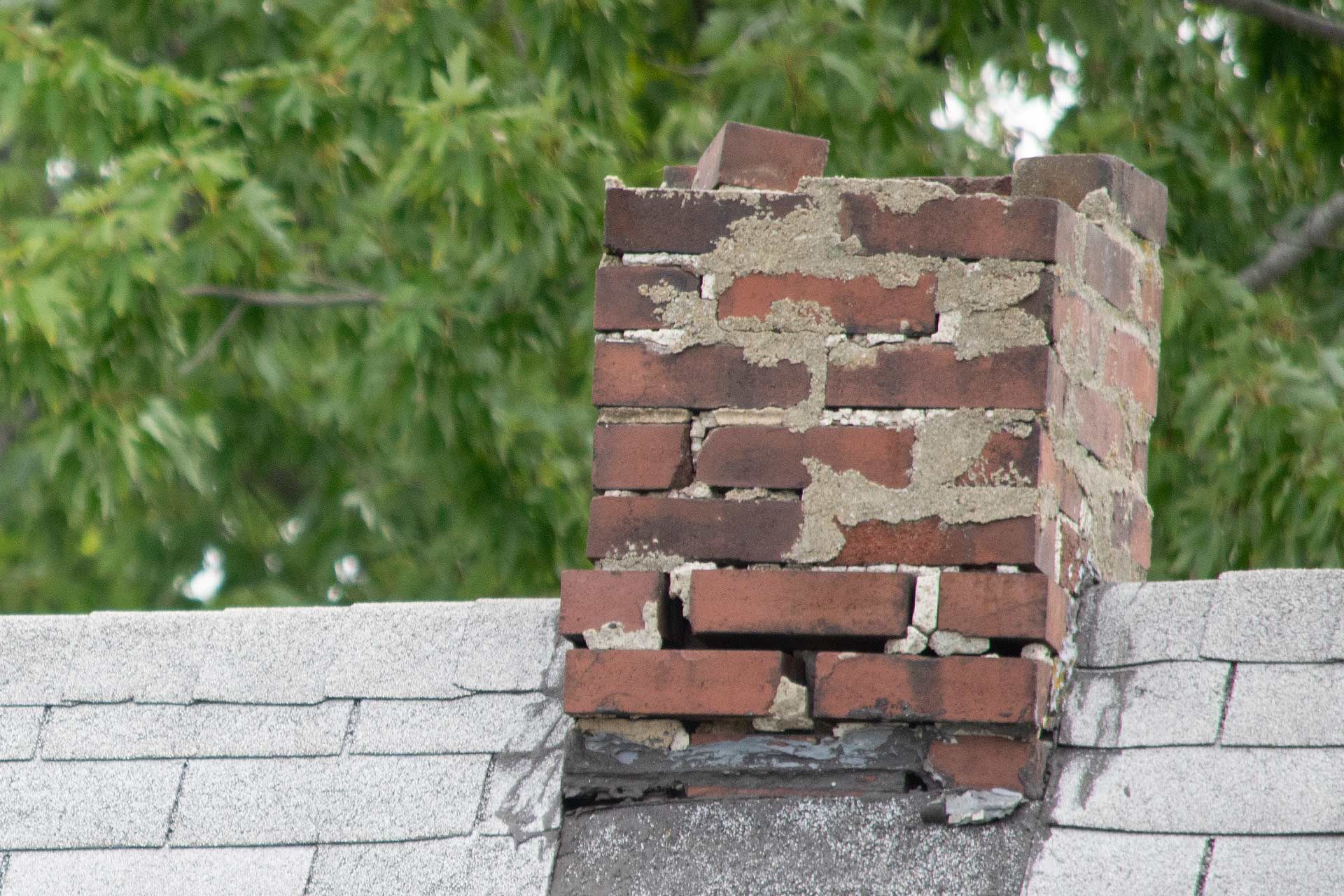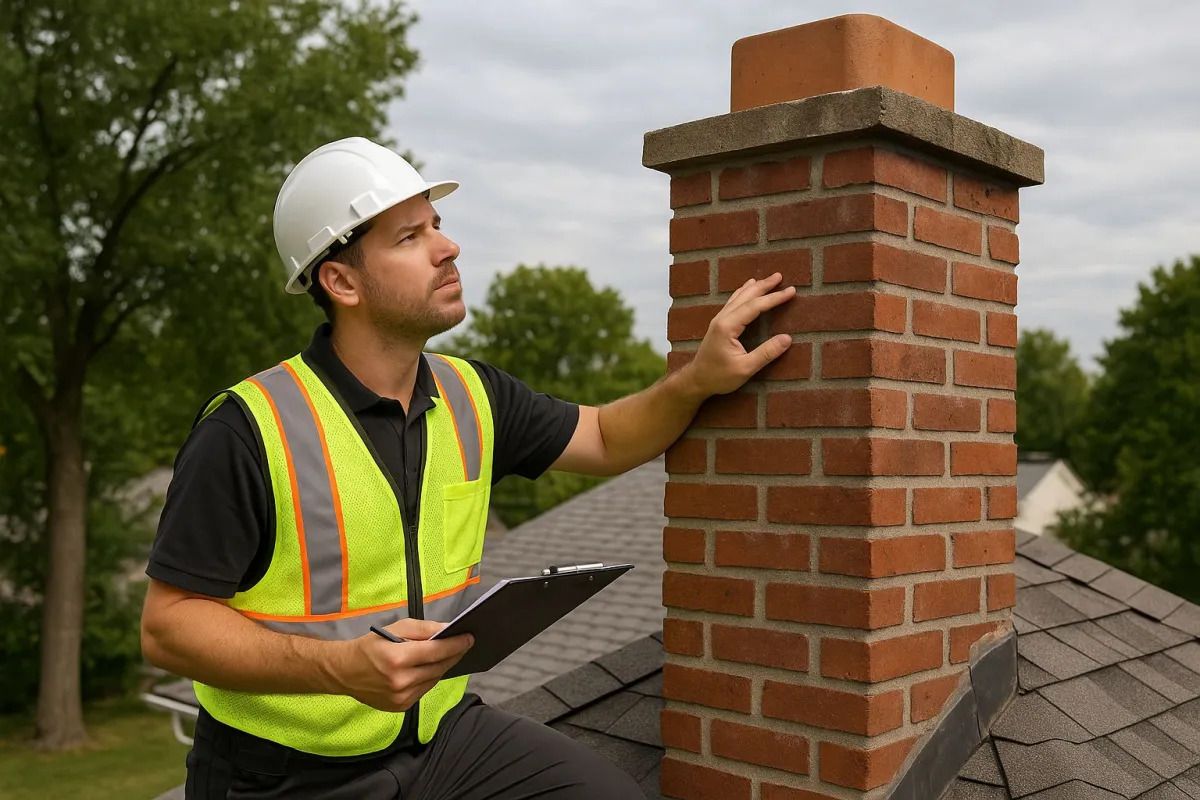My Journey with Chimney Water Damage: A Portland Homeowner's Story
Last winter, I learned the hard way about the importance of chimney waterproofing. As a Portland homeowner, I woke up to brown stains on my ceiling near the fireplace after a particularly heavy rainfall. That's when I realized I needed to take action to protect my home. If you're reading this, you might be wondering about protecting your own chimney – and I'm here to share everything I've learned about professional chimney waterproofing in Portland.
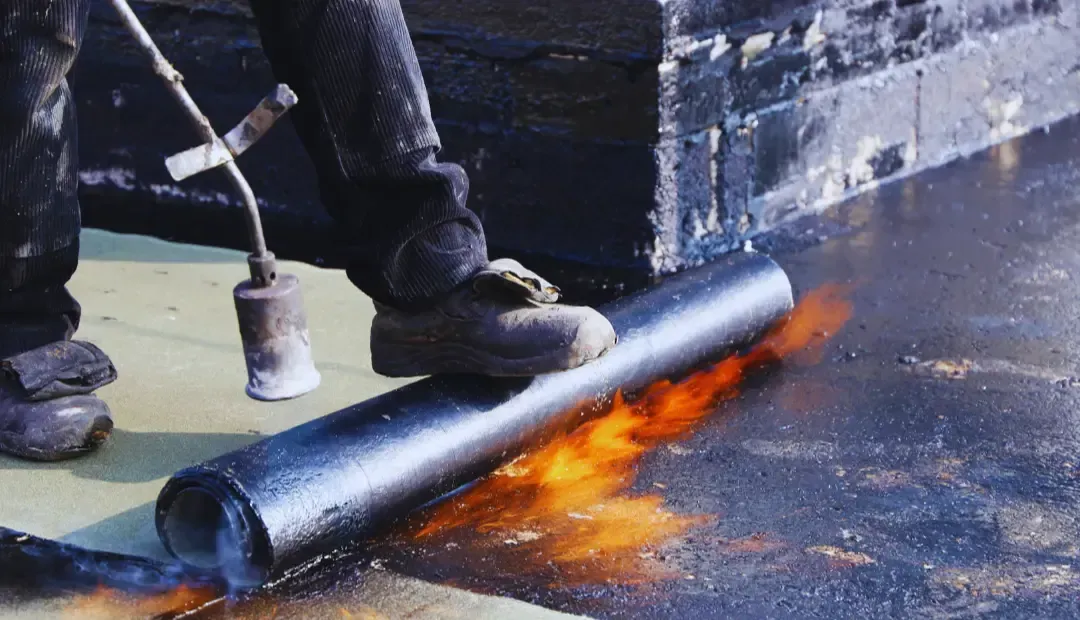
Understanding Chimney Waterproofing: Your First Line of Defense
What is Chimney Waterproofing?
Chimney waterproofing is like giving your chimney a protective shield against Maine's harsh weather. It involves applying specialized sealants that prevent water from seeping into the masonry while still allowing the brick to "breathe." As I discovered during my research, this breathing aspect is crucial – it lets water vapor escape rather than getting trapped inside the brick.
Why Portland Homes Need Special Attention
Living in Portland, our chimneys face unique challenges. Our coastal location means exposure to salt air, and our winters bring frequent freeze-thaw cycles. According to local weather data, Portland experiences over 47 inches of rain annually, not to mention the snow! This makes waterproofing not just helpful, but necessary for maintaining your home's integrity.
Signs Your Chimney Needs Waterproofing
- White staining (efflorescence) on brick surfaces
- Spalling or flaking bricks
- Rust stains on the chimney
- Damp spots on walls near the fireplace
- Musty odors coming from the fireplace
- Water in the firebox after rain
The Science Behind Chimney Water Damage
How Water Affects Your Masonry
Think of your chimney's brick as a sponge. Without proper waterproofing, it can absorb up to 6% of its weight in water. This absorption leads to deterioration over time, especially in Portland's climate. Learn more about our masonry services to understand how we can help protect your investment.
The Freeze-Thaw Cycle in Portland's Climate
Water expands by about 9% when it freezes. Here's what happens during a typical Portland winter:
- Water seeps into brick pores
- Temperature drops below freezing
- Water expands, creating pressure
- Brick gradually cracks and crumbles
Common Water Entry Points
Entry Point Risk Level Prevention Method Chimney Crown High Waterproof coating Mortar Joints Medium Tuck pointing Brick Face Medium Penetrating sealer Flashing High Professional repair
Professional Waterproofing Solutions
Types of Waterproofing Methods
Penetrating Sealers
These sealers penetrate deeply into the masonry, creating a long-lasting barrier while maintaining the brick's natural look. Contact us to learn which sealer would work best for your chimney.
Film-Forming Coatings
While less common, these create a visible barrier on the surface. They're typically used in specific situations where maximum protection is needed.
The Role of Stainless Steel Liners
Stainless steel liners provide an additional layer of protection by:
- Preventing water from entering through the flue
- Improving draft performance
- Protecting masonry from corrosive byproducts
Demolition and Tuckpointing Services
Sometimes, before waterproofing can begin, we need to address existing damage. Our demolition and tuckpointing services restore your chimney's integrity by:
- Removing damaged materials
- Replacing deteriorated mortar
- Rebuilding compromised sections
The Waterproofing Process Explained
Initial Inspection
Before any work begins, we conduct a thorough inspection to:
- Assess current water damage
- Identify potential entry points
- Document structural concerns
- Recommend appropriate solutions
Preparation Steps
- Clean all surfaces thoroughly
- Repair any damaged mortar joints
- Allow masonry to dry completely
- Protect surrounding areas
Application Techniques
We use specialized techniques to ensure complete coverage:
- Bottom-up application method
- Multiple coat application where needed
- Proper drying time between coats
- Coverage testing for quality assurance
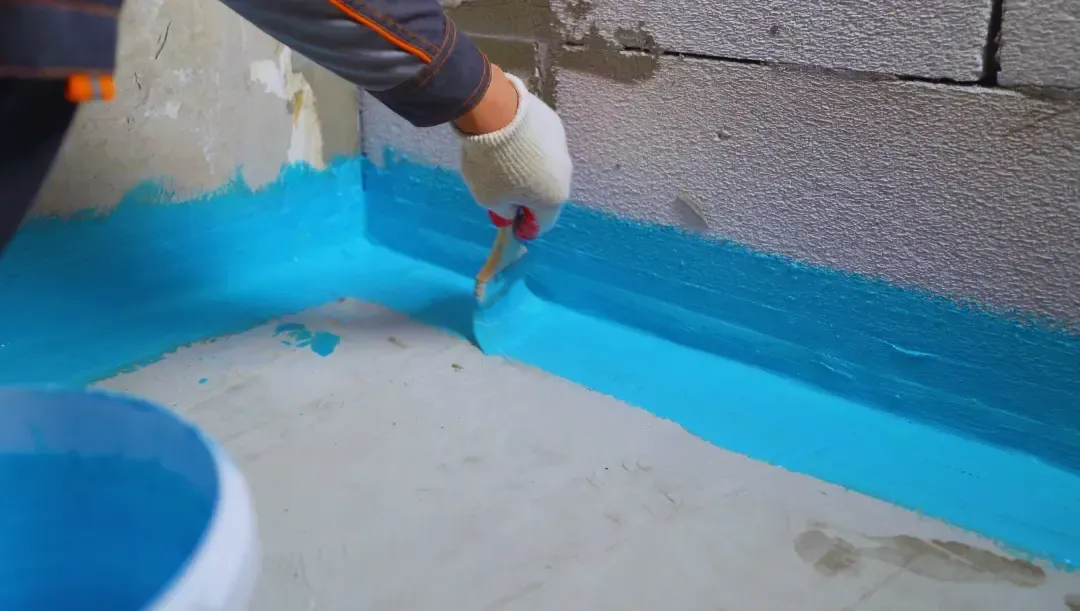
Maintaining Your Waterproofed Chimney
Seasonal Maintenance Tips
- Spring: Check for winter damage
- Summer: Schedule repairs if needed
- Fall: Clean gutters and check caps
- Winter: Monitor for ice buildup
When to Schedule Professional Inspections
Mark your calendar for these important dates:
- Annual inspection (preferably in spring)
- After severe storms
- Every 5-7 years for waterproofing renewal
- When selling your home
Cost Considerations and ROI
Factors Affecting Price
Several factors influence the cost of chimney waterproofing:
- Chimney size and height
- Current condition
- Additional repairs needed
- Type of waterproofing system
Long-term Value Analysis
Investing in waterproofing now can save thousands in future repairs:
- Average waterproofing cost: $500-1,500
- Potential repair costs without waterproofing: $2,000-10,000+
- Extended chimney lifespan: 25+ years with proper maintenance
Choosing the Right Professional in Portland
Qualifications to Look For
When selecting a chimney professional, ensure they have:
- CSIA certification
- Local business license
- Insurance coverage
- Positive reviews
- Experience with Portland's climate
Learn about our qualifications
Questions to Ask Your Contractor
- How long have you been serving Portland?
- What waterproofing products do you use?
- Do you provide written warranties?
- Can you share recent local references?
- What's your repair policy if problems arise?
Key Takeaways
- Waterproofing is essential for Portland chimneys
- Professional application ensures longest-lasting protection
- Regular maintenance extends waterproofing life
- Early intervention prevents costly repairs
- Choose certified professionals for best results
Frequently Asked Questions
Q: How often should I waterproof my chimney?
A: In Portland's climate, every 5-7 years is recommended, depending on exposure and wear.
Q: Can I waterproof my chimney myself?
A: While DIY products exist, professional application ensures proper coverage and warranty protection.
Q: How long does waterproofing last?
A: Professional waterproofing typically lasts 5-10 years with proper maintenance.
Q: Will waterproofing change my chimney's appearance?
A: Quality penetrating sealers won't change the look of your masonry.
Q: Can you waterproof in winter?
A: We recommend waiting for temperatures above 50°F for optimal results.
Conclusion
Protecting your chimney through professional waterproofing is one of the smartest investments you can make as a Portland homeowner. From my personal experience, the peace of mind knowing your home is protected from water damage is invaluable. Contact our team today to schedule your chimney inspection and take the first step toward protecting your home.
Remember, your chimney is more than just a functional element of your home – it's a vital system that needs proper care and maintenance. With professional waterproofing, you're not just preventing damage; you're preserving your home's value and ensuring your family's safety for years to come.
